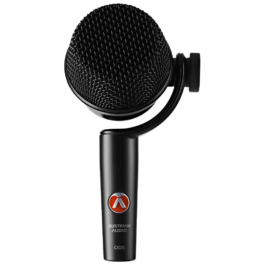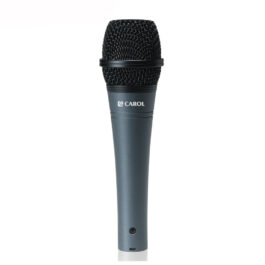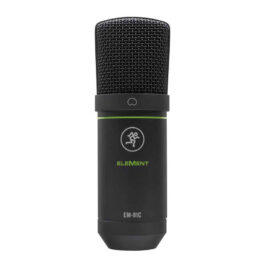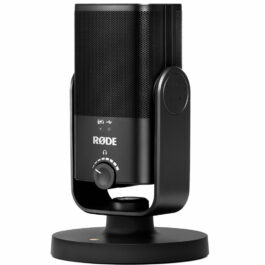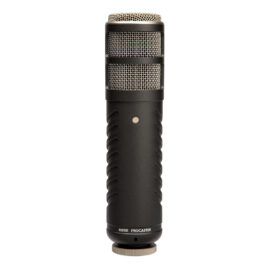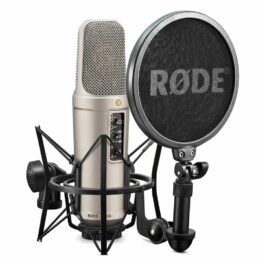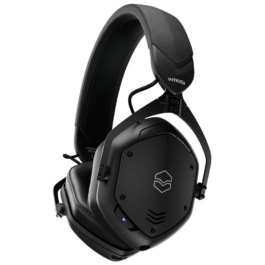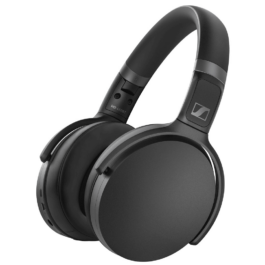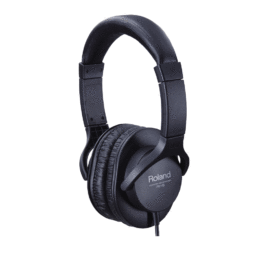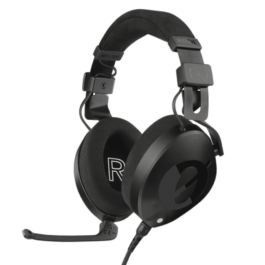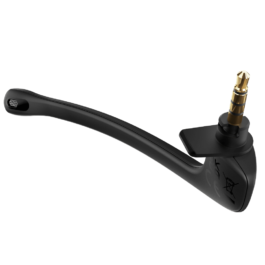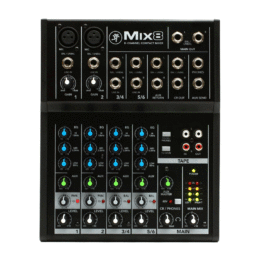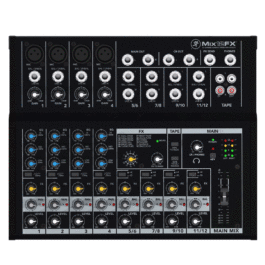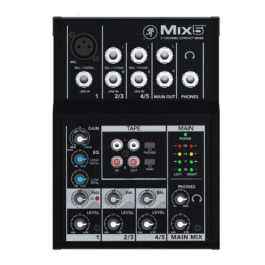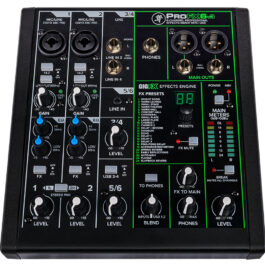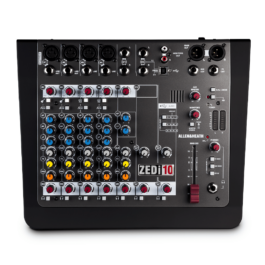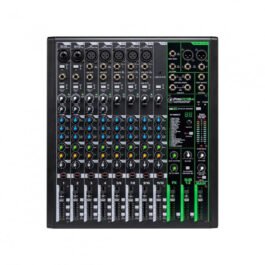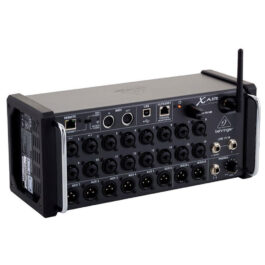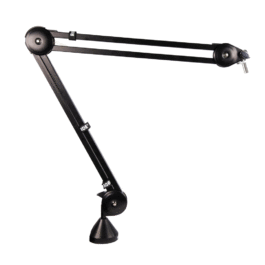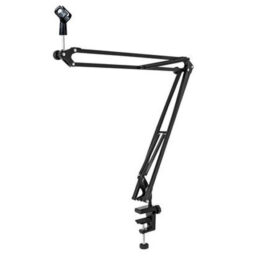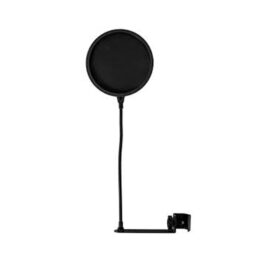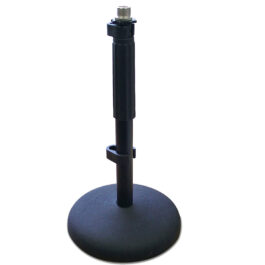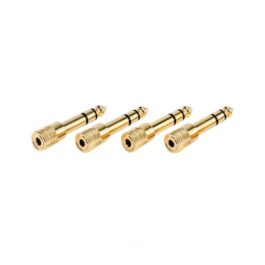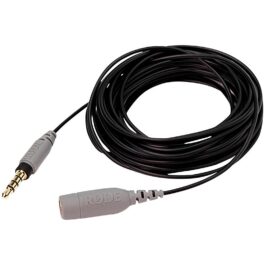This article will guide you through the process of selecting the right podcasting equipment, taking into account the type of show you plan on recording, the environment you’ll be creating it in, and other practical considerations.
In recent years, podcasting has gained immense popularity as a versatile and engaging medium for sharing stories, knowledge, and entertainment. If you’re passionate about a particular topic or have a unique perspective to offer, starting your own podcast can be an excellent way to connect with a global audience. It’s also a great way for people with an existing following in another media to grow their and enhance their public reach. Think of all the musicians, actors, academics, politicians, and other public figures who’ve started podcasts!
Deciding on a Podcasting Format
Before diving into the technical aspects, it’s crucial to identify the type of content you want to produce. This step will step will determine the type of equipment you need. Will your podcasting sessions take place in a fixed location with guests joining you (either in person, online, or both), or will you be travelling to them? If the latter, you’ll need to consider the portability and ease of setup of your podcasting equipment. Another consideration will be the maximum number of guests you’re likely to have. This will determine not just the number of microphones and headphones you’ll need, but also the type of sound mixer required.
Selecting the Right Equipment
MICROPHONES: The quality of your podcast’s audio is paramount. When selecting a microphone for your podcast, it’s essential to consider the soundproofing and acoustics of your recording environment. The level of background noise and echo in your space will influence the type of microphone you choose.
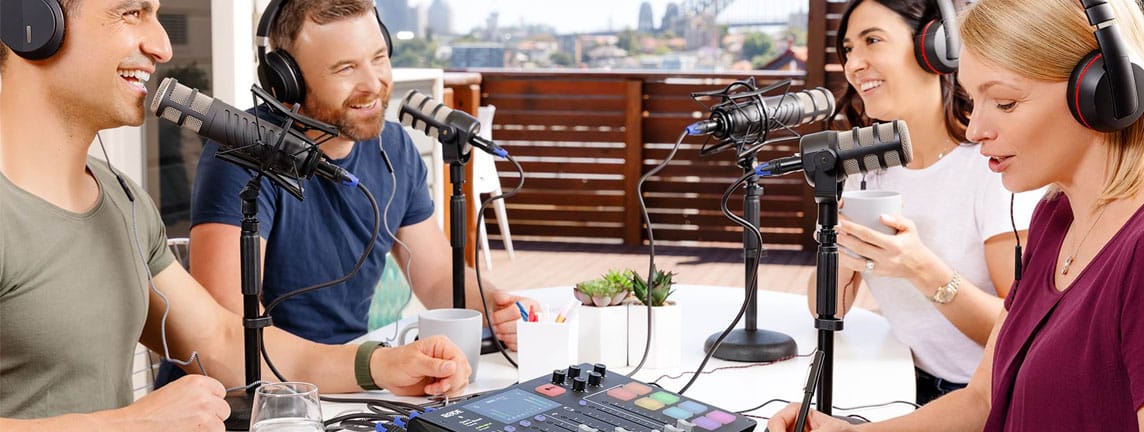
- Dynamic Microphones: Dynamic microphones are known for their excellent noise rejection capabilities, making them a suitable choice for less soundproof environments. They are less sensitive to background noise and are effective in minimizing echo. These microphones are often used in live performances and broadcasting.
- Condenser Microphones: Condenser microphones are more sensitive and capture a broader frequency range, making them suitable for controlled and soundproofed environments. They deliver higher audio quality and detail, making them a preferred choice for studio recording. However, they can also capture more background noise and room reflections.
Dynamic and Condenser Microphones are both available with different connection options, either USB or XLR connectors. While USB microphones provide convenience and ease of use as they can plug straight into a computer, XLR microphones offer superior sound quality but will need to be plugged into a mixer, audio interface or podcasting console.
Popular USB microphones include the Rode PodMic Dynamic USB Microphone and Mackie Carbon USB Condenser Microphone, while XLR options like the Shure SM7B and Rode Procaster Podcasting Microphone are widely used and very reliable.
-
Birthday Sale Deal!
- Live Sound, Microphones, Recording Microphones, Studio & Recording
Austrian Audio OD5 Active Dynamic Instrumental Microphone
-
R5,595R4,755FREE DELIVERY - Select options
-
Birthday Sale Deal!
-
Birthday Sale Deal!
-
Birthday Sale Deal!
-
Birthday Sale Deal!
- Studio & Recording, Recording Microphones
Mackie EM-91C – Large Diaphragm Condenser Microphone
-
R1,150R800FREE DELIVERY - Select options
-
Birthday Sale Deal!
- Studio & Recording, Recording Microphones, Content Creation, Microphones for Podcasting
Rode NT-USB Mini – USB Microphone
-
R3,395R2,890FREE DELIVERY - Select options
-
Birthday Sale Deal!
- Content Creation, Microphones for Podcasting, Recording Microphones, Studio & Recording
Rode ProCaster Podcasting Microphone
-
R6,250R5,000FREE DELIVERY - Select options
-
Birthday Sale Deal!
- Drums & Percussion, Drum Microphones, Studio & Recording, Recording Microphones
Rode NT2-A Studio Condenser Microphone
-
R11,495R9,770FREE DELIVERY - Select options
HEADPHONES: Invest in a good pair of closed-back headphones to monitor your audio while recording and editing. Closed-back headphones make sure that no sound from the headphones bleeds into the microphone, and makes sure you hear accurately what is being recorded.
Recommended options include the Rode NTH-100 Professional Over-Ear Headphones, the Sennheiser HD280 Pro and the Audio-Technica ATH-M30x.
-
Birthday Sale Deal!
- DJ & Beat Production, DJ Headphones, Headphones
V-MODA Crossfade 3 Wireless Over-Ear Headphones – Matte Black
-
R8,594R6,900FREE DELIVERY - Select options
-
Birthday Sale Deal!
-
Birthday Sale Deal!
- Headphones, Recording Headphones, Studio & Recording
RØDE NTH-100 Professional Over-Ear Headphones
-
R4,895R3,915FREE DELIVERY - Select options
-
Birthday Sale Deal!
- Headphones
Roland RH-5 Multimedia Headphones
-
R1,295R905FREE DELIVERY - Select options
-
Birthday Sale Deal!
-
Birthday Sale Deal!
- Headphones, Recording Headphones, Studio & Recording
Rode NTH-Mic Headset Microphone for NTH-100
-
R1,495R1,270FREE DELIVERY - Select options
-
Birthday Sale Deal!
- Headphones
Roland VMH-D1 V-Drums Headphones
-
R6,495R4,545FREE DELIVERY - Select options
-
Birthday Sale Deal!
- Headphones
Austrian Audio PG16 Professional Gaming Headset
-
R3,095R2,630FREE DELIVERY - Select options
AUDIO INTERFACE or PODCASTING CONSOLE: If you choose XLR microphones, you’ll need an audio interface or an integrated podcasting console to connect them to your computer.
In terms of audio interfaces, the Focusrite Scarlett 2i2 and Mackie Onyx Producer are popular and beginner-friendly options. Both offer two microphone inputs. If you’ll be using more than two microphones, you could consider audio interfaces with more inputs, a podcasting console or a mixer.
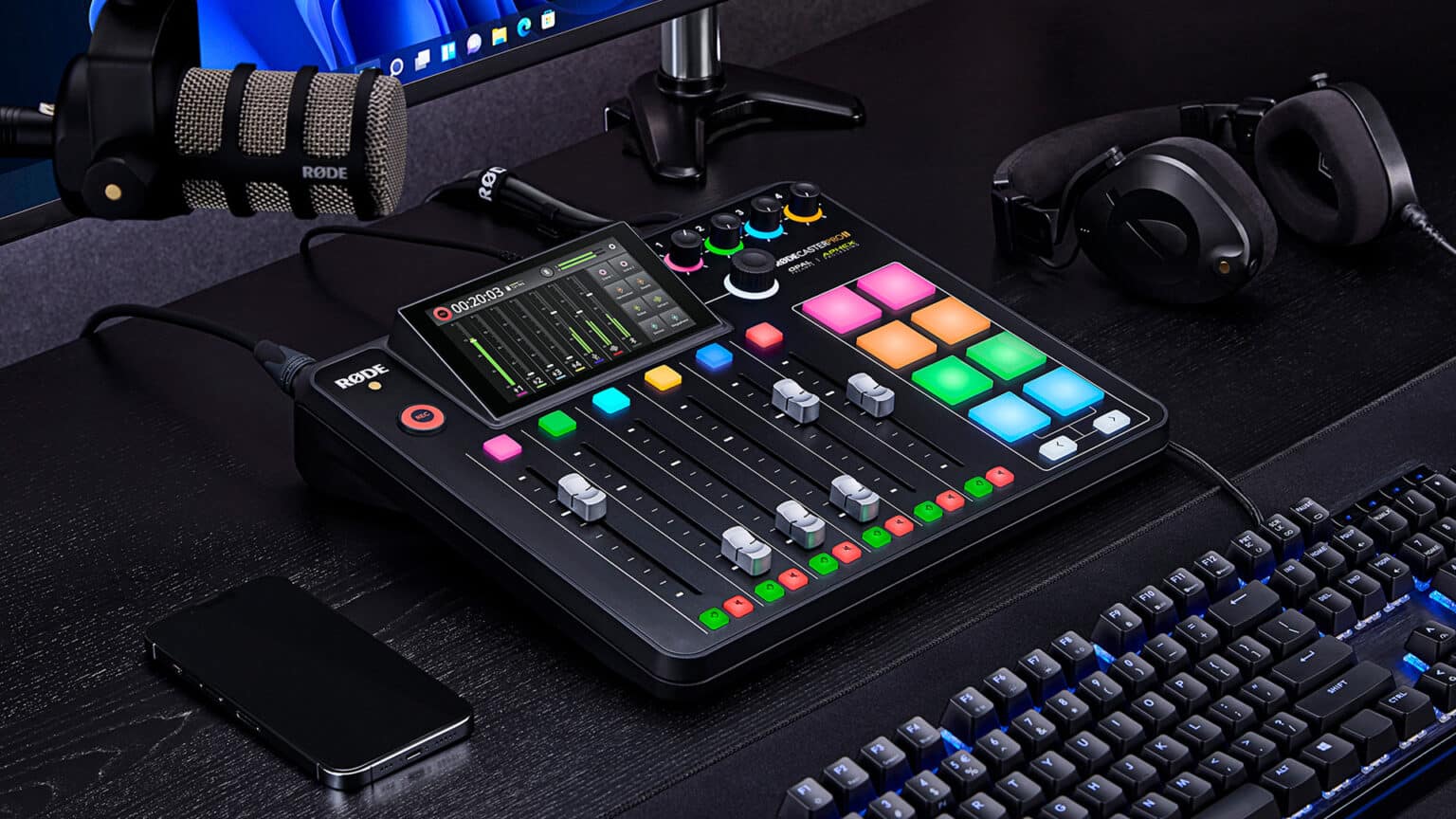
A podcasting console is an integrated audio interface and mixer that usually also incorporates some effects processing to improve or modify your sound. They are available with a various number of microphone and auxiliary equipment inputs. The market-leader is the Rodecaster Pro II Integrated Audio Production Studio . This offers professional-level features, incorporating a mixer, effects processing, various controls and sample trigger pads and more in one unit. Just add microphones. Smaller, budget-friendly options like the Focusrite Vocaster Two Podcast Interface or the Mackie M-Caster Studio also very popular options.
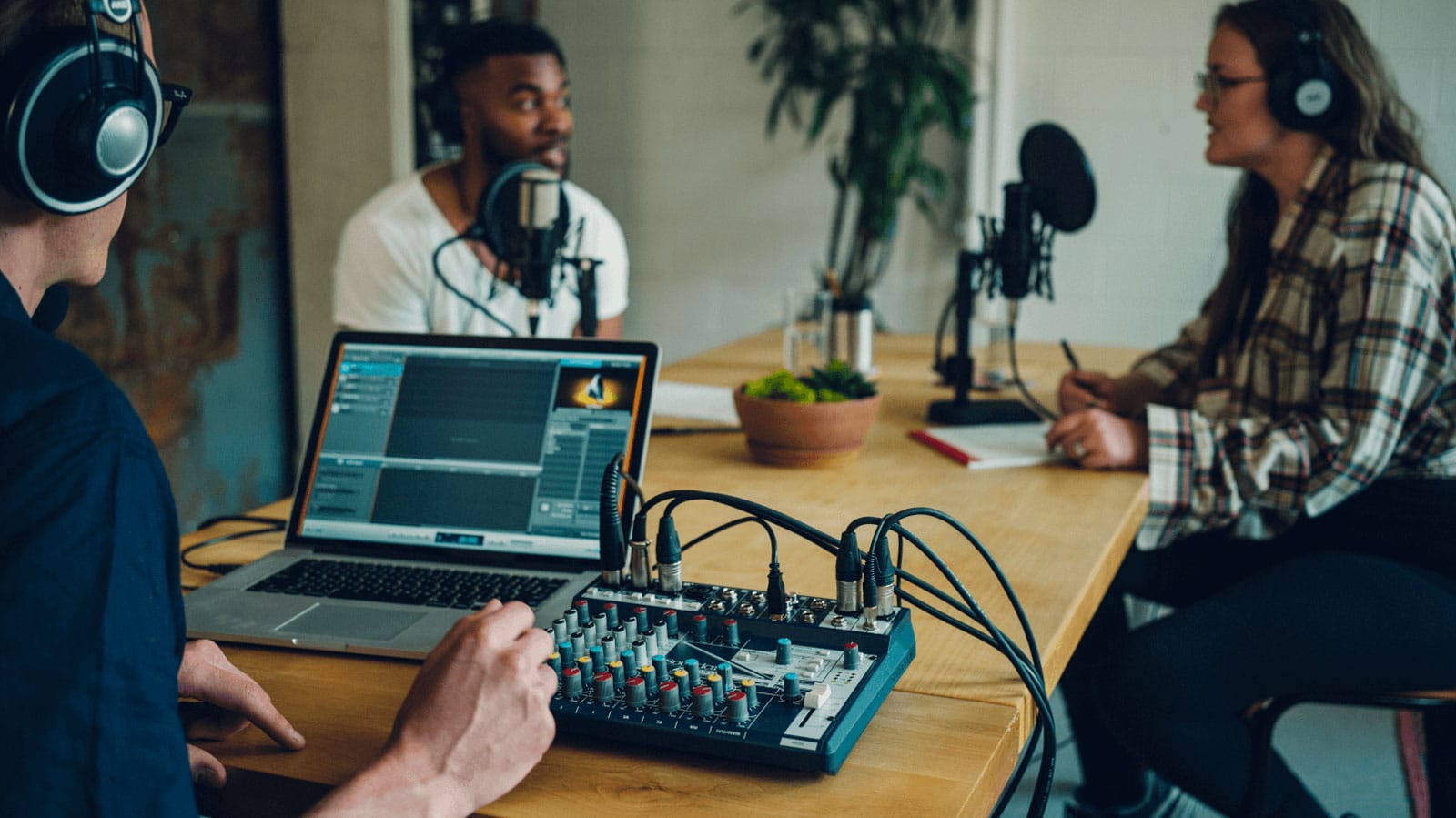
AUDIO MIXER: If you don’t go the podcasting console route, adding an audio mixer to your podcasting setup can offer greater control over audio levels, multiple microphone inputs, and additional audio effects. Many mixers these days incorporate an audio interface that will connect to your computer. The Behringer Xenyx Q1204USB Mixer is a popular option, offering four XLR microphone inputs, built-in effects and a USB audio interface to connect to a computer.
- Audio Control and Mixing Capabilities: A mixer allows you to adjust audio levels, balance different microphone inputs, and control overall sound quality. It gives you precise control over volume, equalization, and panning, ensuring that each participant's voice is properly balanced and mixed. This helps create a more professional and polished podcast.
- Multiple Microphone Inputs: If you plan to have multiple hosts or guests on your podcast, a mixer is an invaluable tool. Mixers offer multiple microphone inputs, allowing you to connect and control the audio from each microphone separately. This feature enables seamless conversation and reduces crosstalk or overlap between participants.
- Integration of Sound Effects and Music: A mixer allows you to incorporate sound effects, jingles, and pre-recorded music into your podcast. You can connect external devices, such as smartphones or computers, to the mixer and easily integrate these elements during your recording or live broadcasting. This capability adds depth and creativity to your podcast.
- Compatibility with XLR Microphones and Other Audio Sources: Mixers generally have XLR inputs, making them compatible with XLR microphones, which are preferred for their superior sound quality. Additionally, mixers often provide a range of other audio inputs, such as line inputs for connecting external audio sources like laptops, music players, or soundboards. This flexibility allows you to incorporate diverse audio elements into your podcast.
- Monitoring and Headphone Outputs: Many mixers feature dedicated headphone outputs that enable real-time monitoring of your audio. This allows hosts and guests to listen to themselves and the overall mix while recording. Monitoring ensures that audio levels are appropriate, and any issues can be identified and corrected during the recording process.
- Recording Versatility: Using a mixer can provide you with more flexibility in how you record your podcast. You can choose to record each microphone input as separate tracks, enabling better control during post-production editing. Alternatively, you can mix the audio in real-time and record the final mix directly from the mixer to your recording software.
It's important to note that using a mixer adds complexity to your podcasting setup and may require additional cables and connections. Familiarize yourself with the features and functions of your specific mixer model, and consult the user manual for guidance on setup and operation.
In conclusion, incorporating a mixer into your podcasting setup grants you greater control over audio levels, mixing capabilities, and the integration of sound effects and music. It offers flexibility, improved audio quality, and enhances the overall production value of your podcast. If you aspire to take your podcasting to the next level, investing in a mixer can be a valuable addition to your toolkit.
-
Birthday Sale Deal!
- Live Sound, Mixers
Mackie MIX8 8-Channel Mixer
-
R2,595R2,355FREE DELIVERY - Select options
-
Birthday Sale Deal!
- Live Sound, Mixers
Mackie MIX12FX 12-Channel Mixer with FX
-
R3,795R3,505FREE DELIVERY - Select options
-
Birthday Sale Deal!
- Live Sound, Mixers
Mackie MIX5 5-Channel Mixer
-
R1,795R1,680FREE DELIVERY - Select options
-
Birthday Sale Deal!
- Live Sound, Mixers, Studio & Recording, Studio Mixing Desks
Mackie ProFX10 V3 10-channel Professional Mixer with FX
-
R6,595R6,335FREE DELIVERY - Select options
-
Birthday Sale Deal!
- Live Sound, Mixers, Studio & Recording, Studio Mixing Desks
Mackie ProFX6 V3 6-Channel Compact Mixer with FX
-
R4,650R4,465FREE DELIVERY - Select options
-
Birthday Sale Deal!
- Live Sound, Mixers
Allen & Heath ZEDi-10 10-channel Mixer with USB Audio Interface
-
R6,795R5,165FREE DELIVERY - Select options
-
Birthday Sale Deal!
- Live Sound, Mixers, Studio & Recording, Studio Mixing Desks
Mackie ProFX12 V3 12-Channel Professional Mixer with FX
-
R9,250R8,445FREE DELIVERY - Select options
-
Birthday Sale Deal!
- Live Sound, Mixers, Studio & Recording, Studio Mixing Desks
Behringer XR18 16-Channel 12-Bus Digital Mixer
-
R20,999R16,260FREE DELIVERY - Select options
POP FILTERS & SHOCK MOUNTS: Attach a pop filter to your microphone to reduce plosive sounds (like “p” and “b” sounds) as these can spoil the enjoyment of the listener and make your podcast sound unprofessional. You should also use a shock mount to isolate the microphone from vibrations and handling noise.
MICROPHONE BOOM ARMS OR STANDS: A boom arm or microphone stand allows you to position your microphone comfortably at the right height and distance from your mouth. With boom arms, you’ll need to choose a quality product that can handle the weight of the microphone it has to hold with sagging.
-
Birthday Sale Deal!
- Studio & Recording, Studio Accessories
Roland UM-ONE MkII USB MIDI Interface
-
R1,395R975FREE DELIVERY - Select options
-
Birthday Sale Deal!
- Content Creation, Stands & Accessories, Studio & Recording, Studio Accessories
Rode PSA1 Professional Studio Boom Arm
-
R2,950R2,360FREE DELIVERY - Select options
-
Birthday Sale Deal!
-
Birthday Sale Deal!
-
Birthday Sale Deal!
- Studio & Recording, Studio Accessories, Content Creation, Stands & Accessories
Rode DS1 Desktop Microphone Stand
-
R795R675FREE DELIVERY - Select options
-
Birthday Sale Deal!
-
Birthday Sale Deal!
-
Birthday Sale Deal!
ACOUSTIC TREATMENT: Minimize room echo and unwanted noise by adding soundproofing materials like foam panels or bass traps to your recording space. Soft furniture, carpeting and heavy curtains can also help improve a room’s acoustics and therefore the quality of the sound that the microphones pick up.
Recording and Editing Software

Choose a recording software that suits your needs. Audacity, GarageBand (for Mac users), and Adobe Audition are popular options for editing and post-production. Another popular option is Spotify for Podcasters. Using this will automatically publish your podcast to Spotify, but you can also public it to other platforms. These software packages offer basic to advanced editing capabilities, including noise reduction, equalization, and mixing.
Hosting and Distribution Platforms

Select a podcast hosting platform that will store and distribute your episodes to various podcast directories like Apple Podcasts, Spotify, and Google Podcasts. Popular hosting options include Libsyn, Podbean, and Anchor. Consider the platform’s pricing, storage limits, analytics, and ease of use when making your decision.
Need Professional Advice?
We’ve assisted hundreds of customers choose the right equipment for their podcasting and live streaming projects. Contact us today for a free consult on the best selection of podcasting equipment for your specific needs and budget.


